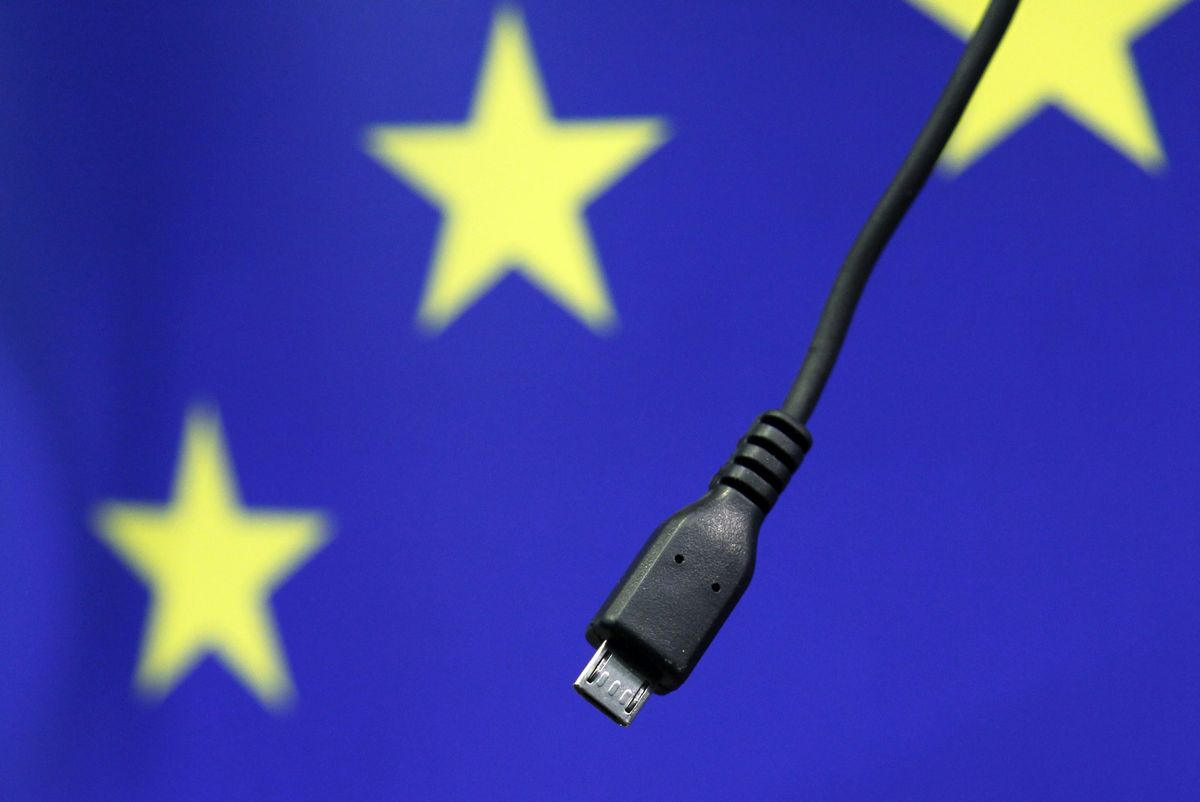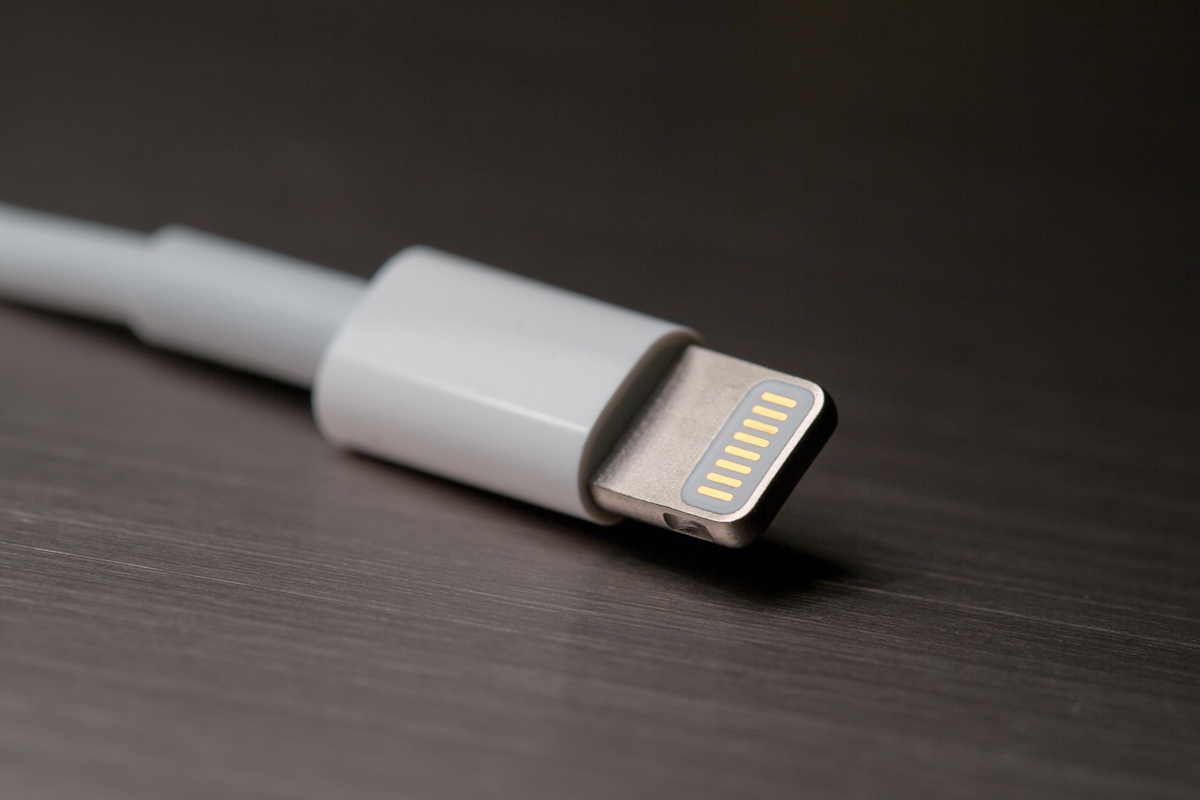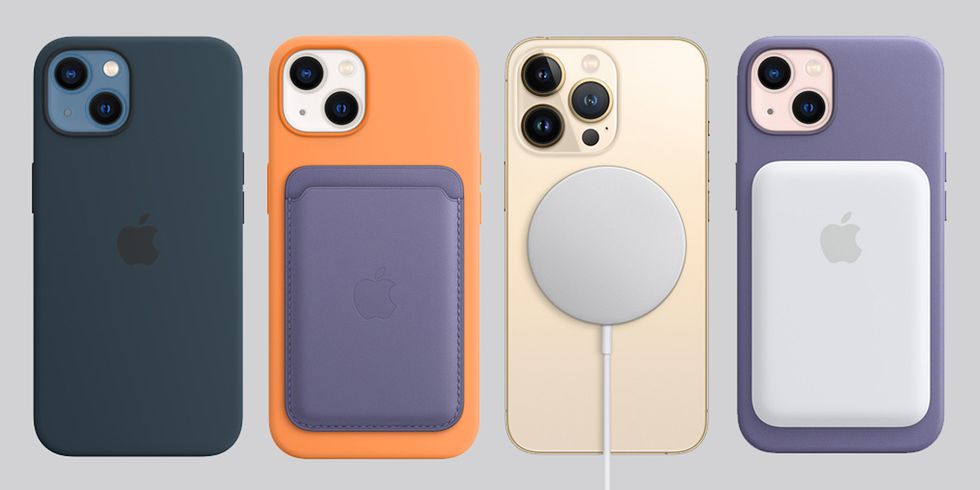The USB-C and EU saga, explained

A few minutes every morning is all you need.
Stay up to date on the world's Headlines and Human Stories. It's fun, it's factual, it's fluff-free.
In response, an Apple spokesperson said, “We remain concerned that strict regulation mandating just one type of connector stifles innovation rather than encouraging it, which in turn will harm consumers in Europe and around the world.”
What’s the EU doing?
- On September 23, the European Commission (EC) announced their plans to standardize USB-C charging cables for handheld devices across Europe.
- This comes after several discussions and attempts throughout the years to make all charging cables nice and the same, including in 2009 when the commission tried to make companies like Nokia Corp., Blackberry Ltd. and Apple Inc., sign an agreement to standardize their charging cables.
- The EC’s proposal will affect the the end of charging cables for devices like smartphones, tablets, cameras, headphones, portable speakers and handheld video game consoles.
- And, once this proposal has passed, companies have 24 months to get with the new charging guidelines.
Why are they doing it?
- So, according to the group’s research, old chargers and cables generate up to 11,000 tonnes of electronic waste, or e-waste, every year.
- They also said that nearly 40% of consumers at one point had not been able to charge a device because of incompatible cables.
- And, after several years of limbo, the commission has put their foot down, saying, “ . . . now time is ripe for legislative action for a common charger,” Margrethe Vestager said in a statement.
- With this, the hope is that standardizing USB-C will help reduce the number of cables the average person needs to own and stop us from buying a new cable with every new device.
What does this have to do with Apple?
- Apple is the largest device company that still uses a connector, called “Lightening.”

- In response, an Apple spokesperson said, “We remain concerned that strict regulation mandating just one type of connector stifles innovation rather than encouraging it, which in turn will harm consumers in Europe and around the world.”
- Apple has also said that they think the move would actually generate more e-waste because they think consumers everywhere will dump their old lightning and micro-USB chargers, generating more waste than would be saved.
- But Erice McGee from TRGDatacenters says that “Apple’s major concern … is that its proprietary charging cable, the Lightning, will be phased out, taking a bite off Apple’s premium accessories ecosystem."
So, will Apple start using USB-C?
- In a statement from the European Union’s internal market commissioner, Thierry Breton, he said that “If Apple wants to continue to have their own plug, they will have the ability to do it.”
- He said that the company can just put two ports on their devices to keep their premium accessories.
- But, the reality is that even if they do that, Apple still has an opportunity to skip right over the USB-C hurdle.
- With MagSafe and the company’s Made for iPhone/iPod/iPad (MFi) software, Apple can just develop another proprietary way to transfer data and charge their company devices.

- This is because there are no guidelines in the EC’s proposal about wireless charging.
- So with rumors abound about a portless iPhone coming, this could be Apple’s way to comply with EU regulations while still keeping their own premium devices.
What’s next?
- Now, it’s time for this new plan to be discussed by the European Parliament and governments in the EU.
- If they want to make any changes, it’ll go back to the EC for a final vote, and they hope to wrap this all up, making it law by 2022.
- On the other hand, Apple has said that they are working with shareholders to “find a solution that protects consumer interest.”
- To manage expectations, though, even in the best-case scenario, there’s at least two years minimum before standards are made official.
- While the iPhone 13 likely won’t be portless, we could see a portless iPhone soon. Another thing to keep your eye on is Apple’s wireless charging options. The company could really just get rid of all lightning ports before the EC makes them.
You drive the stories at TMS. DM us which headline you want us to explain, or email us.







Comments ()